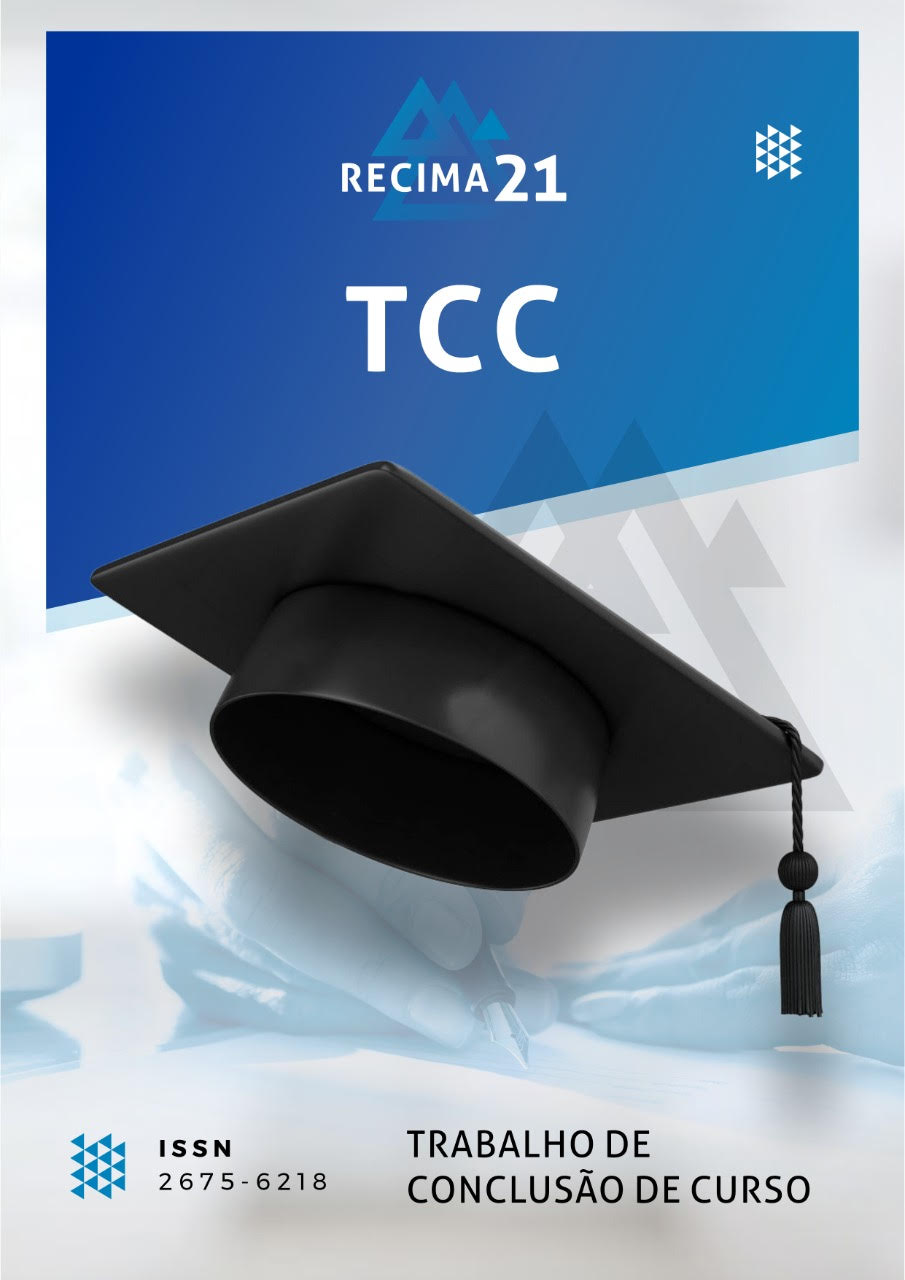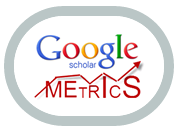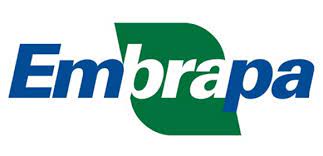THE ACCUMULATION DISORDER IN THE LIGHT OF PSYCHOANALYSIS
DOI:
https://doi.org/10.47820/recima21.v6i1.6364Keywords:
Accumulation Disorder, Compulsion, Obsessive neurosis, PsychoanalysisAbstract
This article refers to an exploratory research about the forms of psychic suffering, from a psychoanalytic perspective, and the elucidation of the manifest symptoms of patients living with Accumulation Disorder (ED). The deepening of ED, specifically on the psychoanalytic emphasis, is little explored, based on the bibliographic research carried out. The growing number of ED cases brings the need for this look at the theme, whose main characteristic is the difficulty in discarding or disposing of objects, actions that limit the subject in survival mode. The need for accumulation does not have a direct relationship with the real value of the object. The literature has shown us that the act of hoarding is justified based on the strong perception of possible suffering associated with the act of discarding.
Downloads
References
ALBERT, U.; DE CORI, D.; BARBARO, F.; FERNDEZ DE LA CRUZ, L.; NORRSLETTEN, A. E.; MATAIX-COLS, D. Hoarding disorder: a new obsessive-compulsive related disorder in DSM-V. J Psychopathol., v. 21, n. 4, p. 354–364, 2015.
AMERICAN PSYCHIATRIC ASSOCIATION. Diagnostic and Statistical Manual of Mental Disorders. 5th Edition. Washington, DC: American Psychiatric Publishing, 2013. Disponível em: https://www.institutopebioetica.com.br/documentos/manualdiagnostico-e-estatisticode-transtornos-mentais-dsm-5.pdf
DUARTE, Lenita Pacheco Lemos. Conflito ou autorrecriminação: Questões sobre o desejo na neurose. Stylus (Rio de Janeiro), v. 29, p. 151-165, 2014. Disponível em: http://pepsic.bvsalud.org/scielo.php?script=sci_abstract&pid=S1676- 157X2014000200015.
FILIPPI, Andrea Senna di; SADALA, Maria da Glória Schwab; LOURES, José Maurício Teixeira. A neurose obsessiva: Da teoria a clínica. Ágora: Estudos em Teoria Psicanalítica, Rio de Janeiro, v. XXII, n. 3, p. 362-371, 22 set. 2019. Disponível em: https://www.scielo.br/j/agora/a/xCPHqZLQ3V3qTV4dHZfWXRB/?lang=pt. DOI: https://doi.org/10.1590/1809-44142019003012
FOCHESATTO, Waleska Pessato Farenzena. A cura pela fala. Estud. Psicanal., Belo Horizonte, n. 36, p. 165-171, dez. 2011. Disponível em: http://pepsic.bvsalud.org/scielo.php?script=sci_arttext&pid=S0100343720110003000 16. DOI: https://doi.org/10.1590/S1413-99362011000400011
FONTENELLE, L. F. ; GRANT, J. E. Hoarding disorder: a new diagnostic category in ICD-11?. Brazilian Journal of Psychiatry, v. 36, p. 28–39, 2014. Disponível em: https://www.scielo.br/j/rbp/a/5PnjMZ6Qwg8Xt7rHC4HKLLd/. DOI: https://doi.org/10.1590/1516-4446-2013-1269
FREUD S. Caráter e erotismo anal. Londres: Hogarth, 1908.
FREUD, S. Recordar, repetir e elaborar (Novas recomendações sobre a técnica da Psicanálise II). In: FREUD, S. Edição standard brasileira das obras psicológicas completas de Sigmund Freud. Rio de Janeiro: Imago, 1996. Vol. 12, p. 191-203.
GONDAR, J. Sobre as compulsões e o dispositivo psicanalítico. Ágora: Estudos Em Teoria Psicanalítica, v. 4, n. 2, p. 25–35, jul. 2001. Disponível em: https://www.scielo.br/j/agora/a/CxvRDvDVz7v933JzvYbsjdb/. DOI: https://doi.org/10.1590/S1516-14982001000200002
LIMA, Juciano Menezes; RUDGE, Ana Maria. Neurose obsessiva ou TOC? Tempo psicanal., Rio de Janeiro, v. 47, n. 2, p. 171-187, dez. 2015. Disponível em http://pepsic.bvsalud.org/scielo.php?script=sci_arttext&pid=S0101483820150002000 12&lng=pt&nrm=iso.
NAFFAH NETO, Alfredo; INADA, Jaqueline Feltrin. Atos obsessivos e experiências traumáticas em Freud e Winnicott: uma análise de caso. J. psicanal., São Paulo, v. 49, n. 91, p. 127-141, dez. 2016. Disponível em http://pepsic.bvsalud.org/scielo.php?script=sci_arttext&pid=S0103583520160002000 12&lng=pt&nrm=iso.
ROSA, M. D. O diagnóstico psicanalítico e os métodos projetivos. Psicologia: Ciência e Profissão, v. 16, n. 2, p. 10–12, 1996. Disponível em: https://www.scielo.br/j/pcp/a/8rW9FQksJnnfYWsps8gpVxR/#. DOI: https://doi.org/10.1590/S1414-98931996000200003
STUMPFA, B. P.; HARAB, C.; ROCHA, F. L. Transtorno de acumulação: Uma revisão hoarding disorder. [S. l.: s. n.], 2018. Disponível em: https://cdn.publisher.gn1.link/ggaging.com/pdf/v12n1a10.pdf.
Downloads
Published
Issue
Section
Categories
License
Copyright (c) 2025 RECIMA21 - Revista Científica Multidisciplinar - ISSN 2675-6218

This work is licensed under a Creative Commons Attribution 4.0 International License.
Os direitos autorais dos artigos/resenhas/TCCs publicados pertecem à revista RECIMA21, e seguem o padrão Creative Commons (CC BY 4.0), permitindo a cópia ou reprodução, desde que cite a fonte e respeite os direitos dos autores e contenham menção aos mesmos nos créditos. Toda e qualquer obra publicada na revista, seu conteúdo é de responsabilidade dos autores, cabendo a RECIMA21 apenas ser o veículo de divulgação, seguindo os padrões nacionais e internacionais de publicação.













